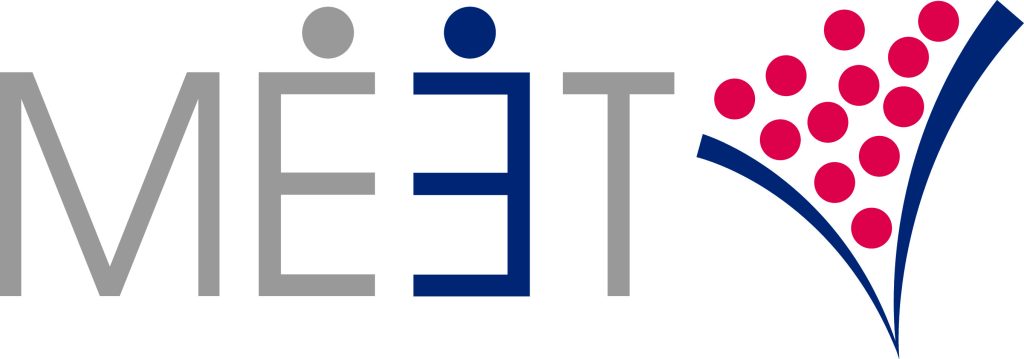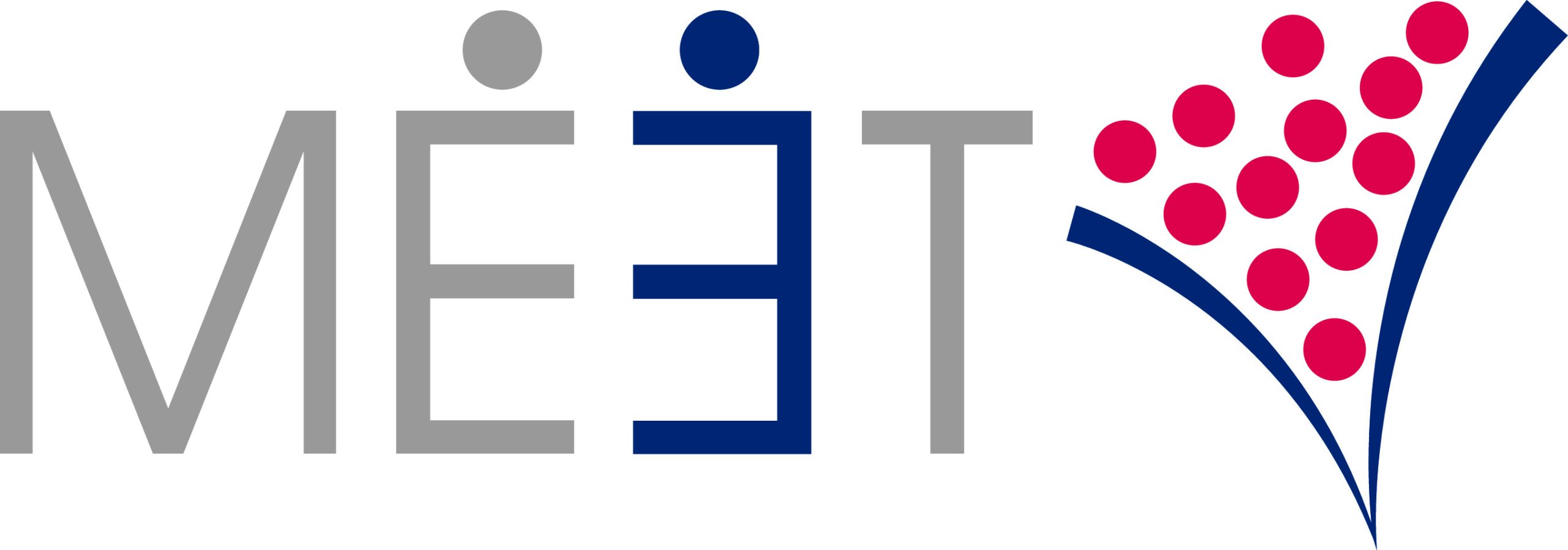Most web-based marketing strategies these days rely on some degree of A/B testing. A trade show strategy plan should be no different. As your best opportunity to get in front of high volumes of quality prospects, trade shows are a perfect opportunity to use A/B testing to inform which of your booth offers are most effective. Here’s how.
 What is A/B Testing?
What is A/B Testing?
Also known as split-run testing, A/B testing is a simple way to test a hypothesis. In marketing and sales, this translates to testing the performance of a particular strategy. Whether you’re aiming to test the visual impact of a campaign or determine the most effective communications strategy, this form of rapid testing through small adjustments is used to answer simple questions like: “What makes people click?”
How to Determine Which Offers to Test
Assume you approach every show targeting two specific buyer personas. (See our post: Personalizing Your Trade Show Business Strategy for how to assemble a buyer persona.) The next step is determining an offer that will speak directly to your personas’ greatest, most pressing challenge. The type of challenge that, when confronted with your solution, causes them to immediately stop in their tracks.
Rather than a chance to win an iPad, (one of the most common and harmful mistakes a trade show strategy plan can make) try what we refer to as next level lead nurturing assets. Whether it’s marketing newsletters, webinars or white papers, client assessments, informational videos, or facilitated discussion groups, these are your best marketing assets that you can promote in the form of an offer. (See our post: Your Trade Show Business Strategy Starts with a Need for more on developing the right offer.)
How to Use A/B Testing to Test Your Hypothesis
Now that you have determined your offers, it’s time to test whether your hypothesis was correct. In other words, will these offers cause your ideal customers to self-identify as prospects and self-enroll in your sales process.
Before you even begin testing, increase your likelihood of getting good data. In our recent post on 5 Steps to Achieving Your Best Trade Show Selection Process, we talked about the value of local and regional events, particularly for early-stage companies. Local and regional events typically occur more often and are more intimate than national or global events that take place annually. This provides an excellent opportunity for testing of different targets, value propositions, and offer hypotheses at every interaction.
 A/B testing allows you to test your hypotheses by rotating between offers throughout an event to help you determine which is more effective. Try testing one offer in the morning aimed at one buyer persona, and another in the afternoon aimed at a different buyer persona. Or you can test the attractiveness of different offers for the same target. Just as fishermen try out different lures depending on where they are fishing, there’s much to be learned about trade show waters by engaging in simple A/B testing with your prospects.
A/B testing allows you to test your hypotheses by rotating between offers throughout an event to help you determine which is more effective. Try testing one offer in the morning aimed at one buyer persona, and another in the afternoon aimed at a different buyer persona. Or you can test the attractiveness of different offers for the same target. Just as fishermen try out different lures depending on where they are fishing, there’s much to be learned about trade show waters by engaging in simple A/B testing with your prospects.
How to Inform Your Trade Show Strategy Plan
Congratulations! You’ve determined which offers are most effective for attracting your ideal customers. What about the rest of your trade show strategy plan? Use these findings to inform your entire marketing and communications strategy, including how you present your offer and your value proposition. The most important thing is that you remain buyer persona-centered. Like an effective billboard, keep your communications bold, simple, and provocative. And keep them data-tested and validated.
About
MEET (meetroi.com) helps B2B growth companies and pavilion hosts effectively leverage at trade shows and in-person events. MEET’s processes help its clients ramp-up sales quickly and maintain a steady stream of high-quality prospects going forward. Contact Bill Kenney at MEET today for a free trade show participation assessment bill@meetroi.com or +1 (860) 573-4821.

